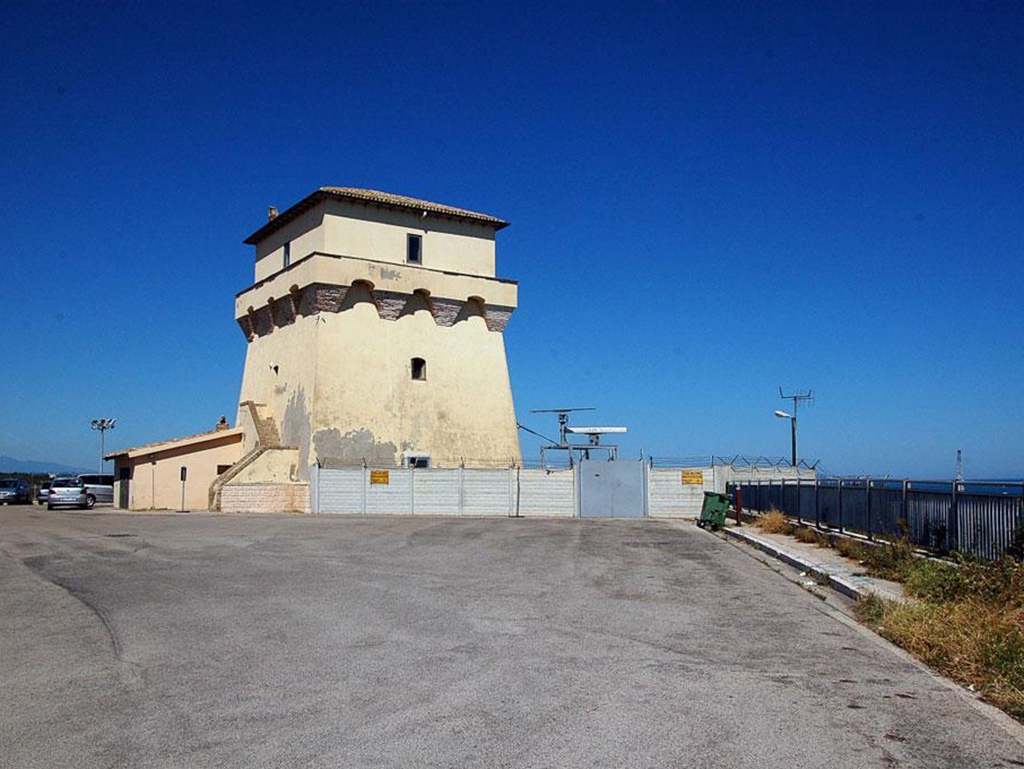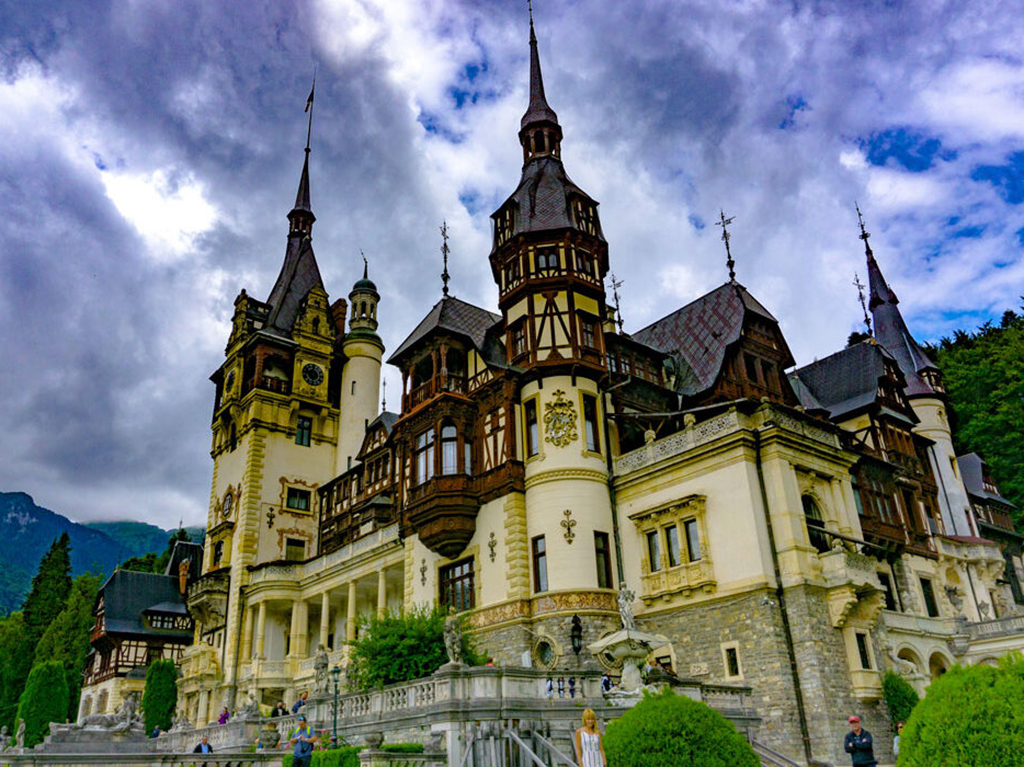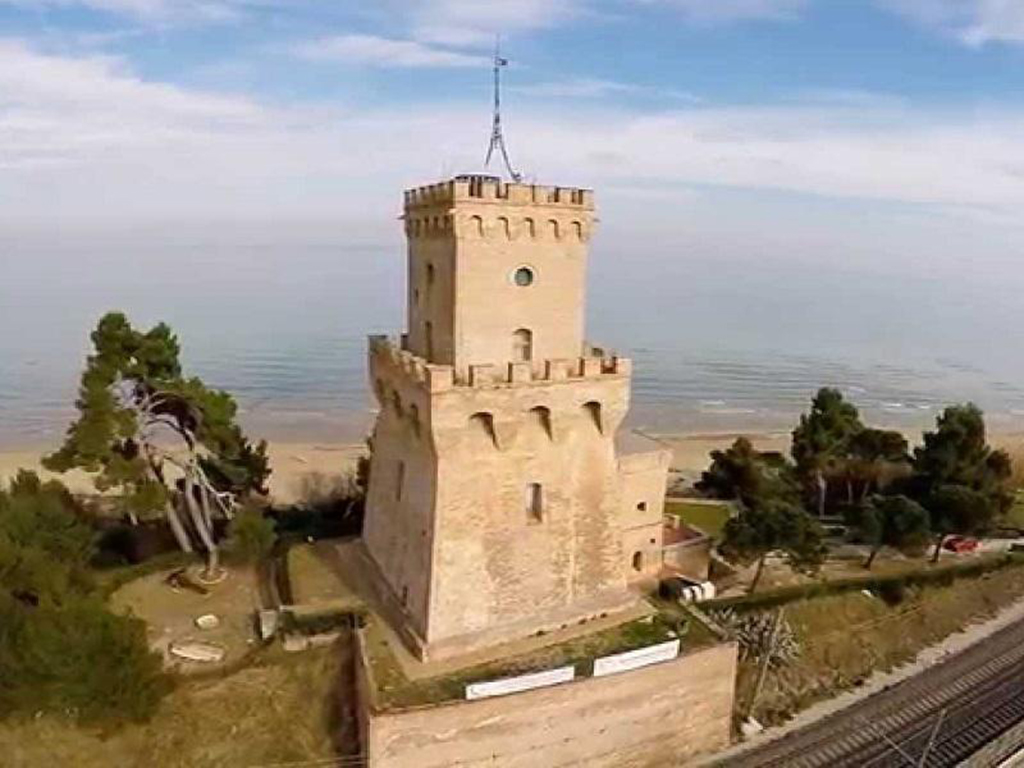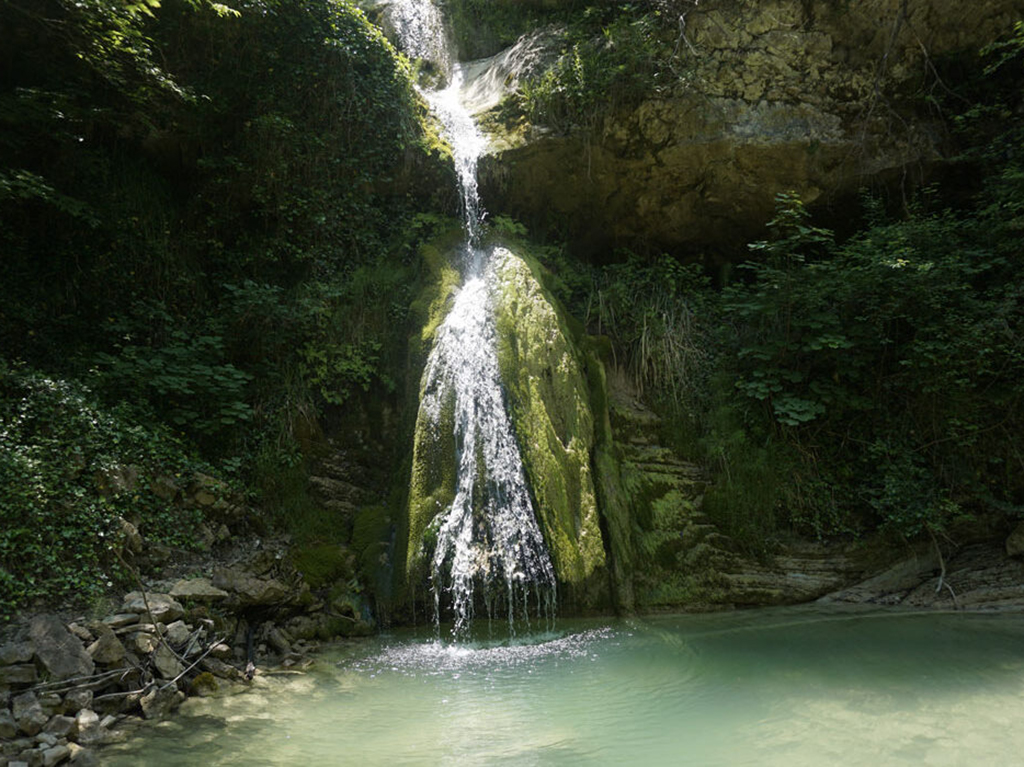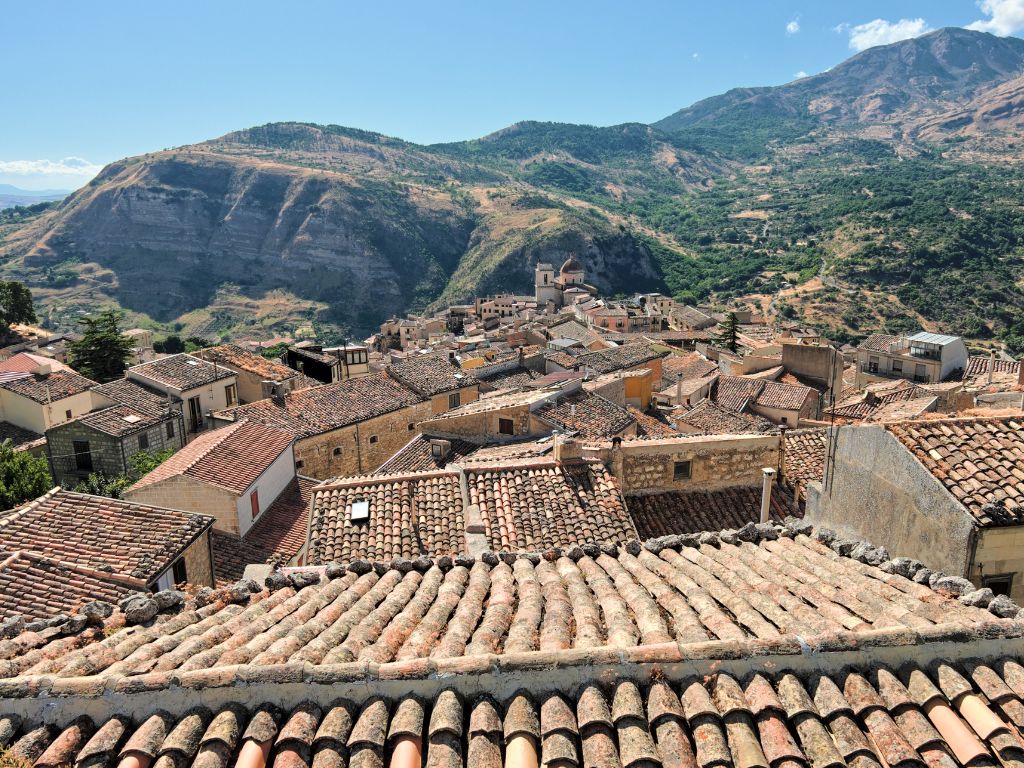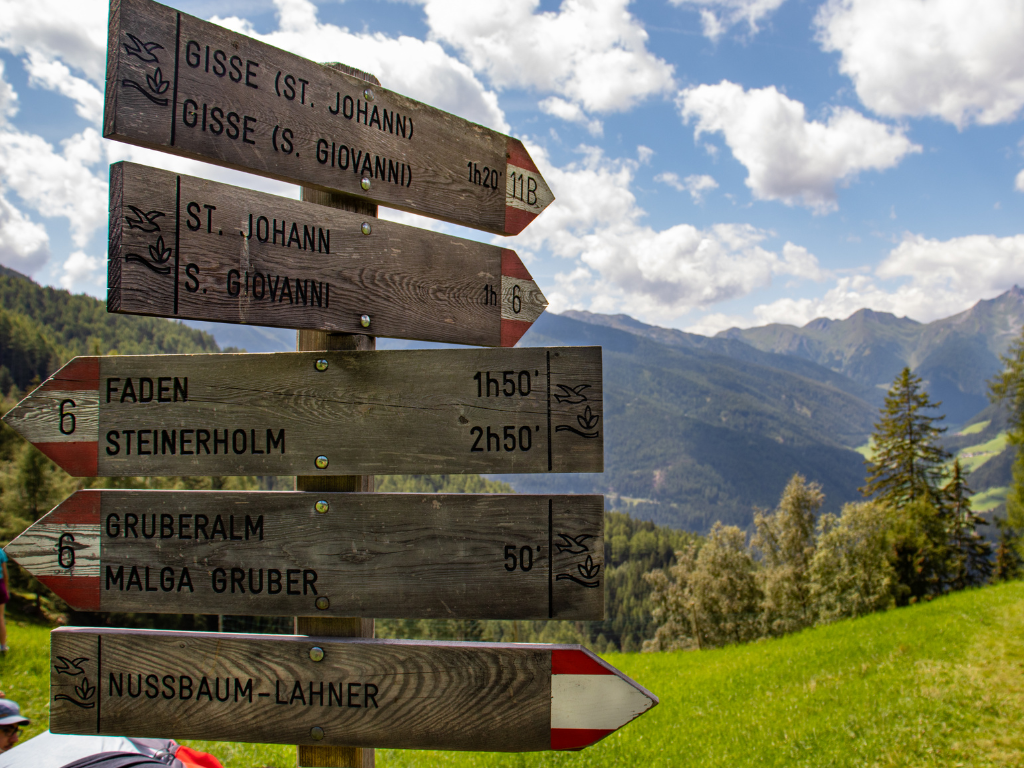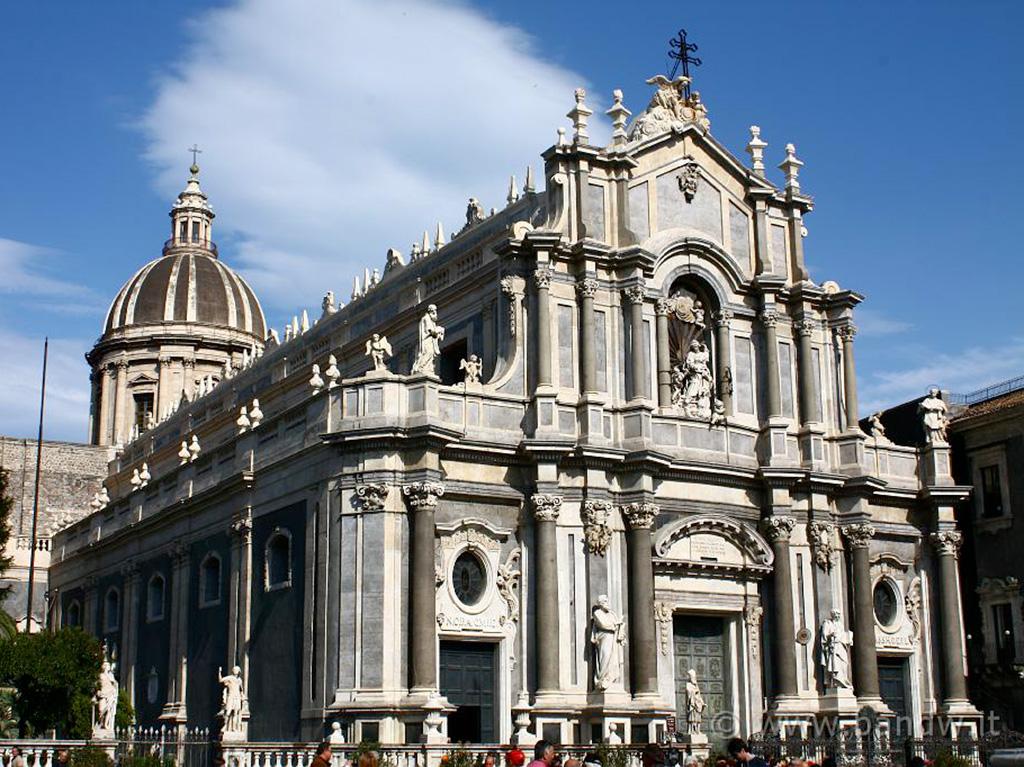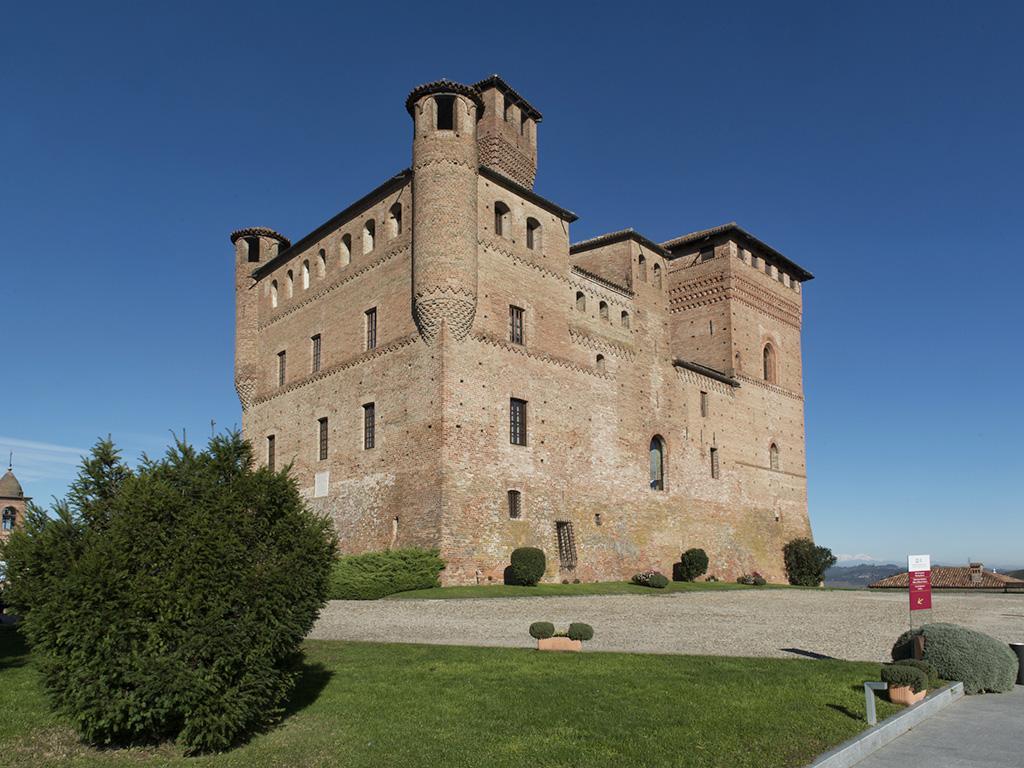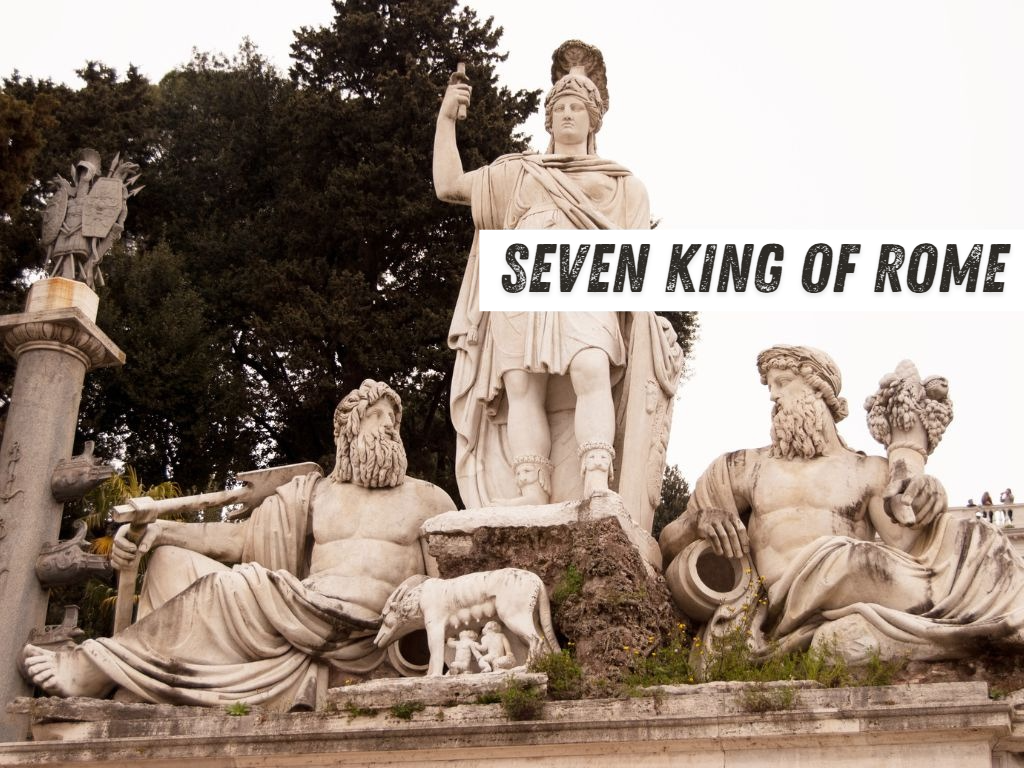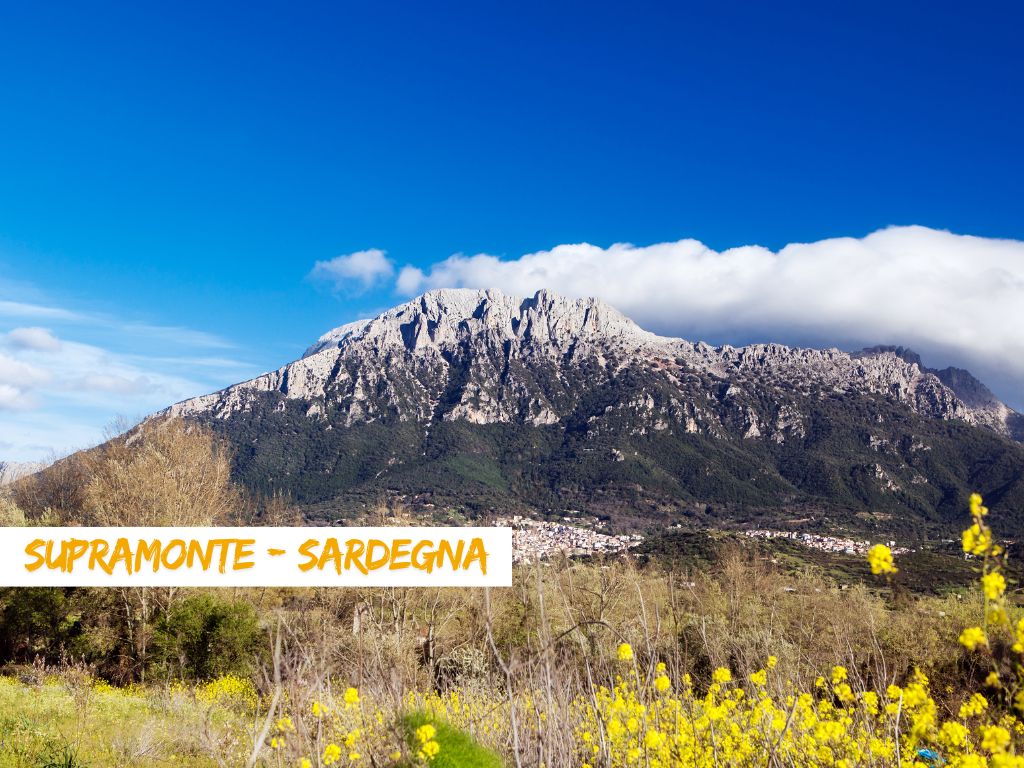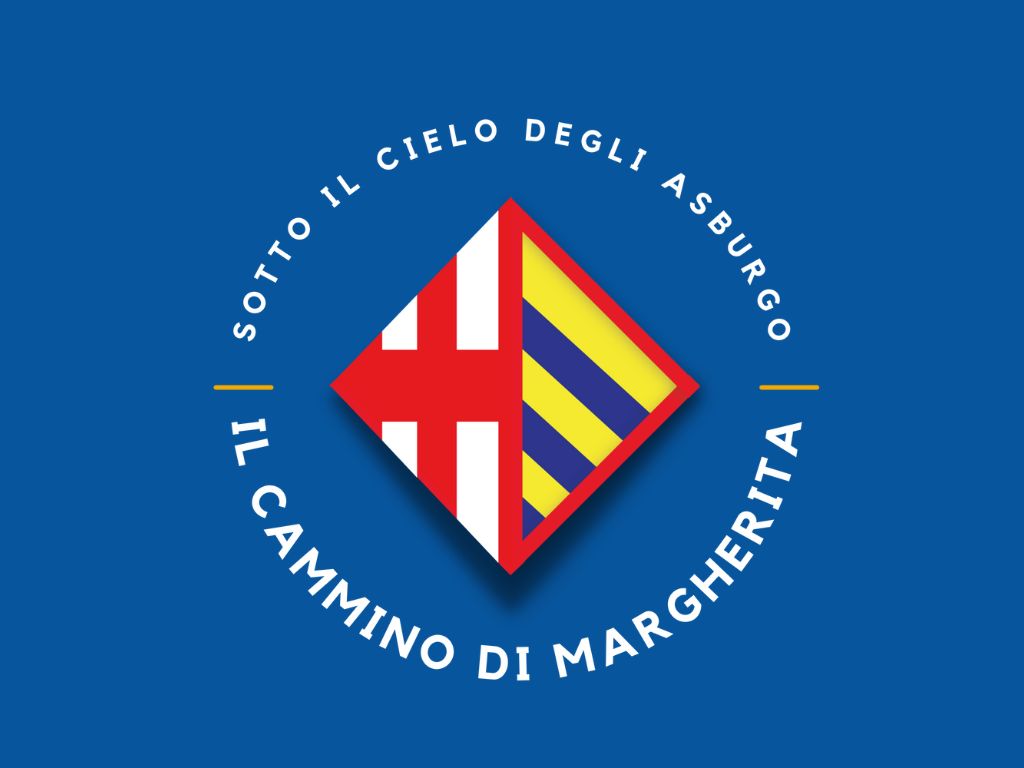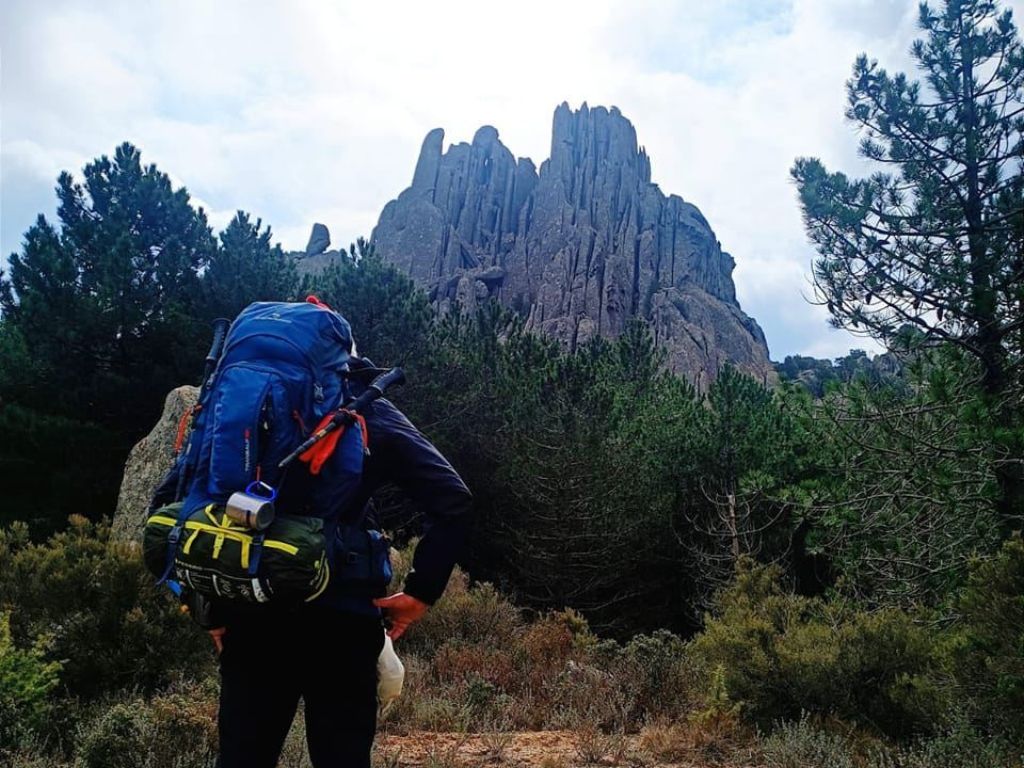If you are planning a visit to Rome, you cannot miss out on the grandeur and history of Castel Sant'Angelo. This imposing structure, located on the western bank of the Tiber River, stands as an icon of the Eternal City. In this article, we will delve into the history and architecture of Castel Sant'Angelo, providing a comprehensive overview of this captivating monument.
Castel Sant'Angelo and the Passetto: Linking Fortress and Vatican
History
Castel Sant'Angelo has a fascinating history that dates back nearly 2000 years. Originally built as a mausoleum for the Roman Emperor Hadrian in 123 AD, the building was later transformed into a medieval fortress and subsequently into a papal residence. This evolution of uses has contributed to enriching Castel Sant'Angelo's cultural heritage over the centuries.
During the medieval period, the castle played an important role in the defense of Rome. Its massive walls and numerous towers made it an almost impregnable stronghold. However, it is also famous for providing refuge to many popes over the years. To facilitate the transportation of popes, a covered walkway called the "Passetto di Borgo" was constructed, connecting the castle to the Vatican City.
Architecture of Castel Sant'Angelo
Architecturally, Castel Sant'Angelo is a true masterpiece. The structure combines elements of classical Roman architecture with features typical of medieval architecture. Its external façade is adorned with a series of statues depicting angels, from which the name "Sant'Angelo" derives. These sculptures, created in the 17th century, add an artistic touch to the massive structure.
The interior of Castel Sant'Angelo is equally captivating. Visitors can explore a series of rooms, corridors, and halls, offering a glimpse into the glorious past of this structure. The rooms are furnished with antique furniture and artworks, allowing visitors to immerse themselves in the atmosphere of the medieval and Renaissance periods.
Panoramic View of Rome
One of the main attractions of Castel Sant'Angelo is the panoramic view it offers of the city of Rome. Climbing to the top of the structure, visitors are rewarded with a breathtaking view of iconic monuments and landmarks such as St. Peter's Basilica, the Colosseum, and the Pantheon. This is certainly one of the highlights of a visit to Castel Sant'Angelo and provides the opportunity to take unforgettable photos.
The Passetto di Borgo
The Passetto di Borgo is a covered walkway that connects Castel Sant'Angelo to the Vatican City in Rome. This long and narrow corridor is a unique element in the history of Castel Sant'Angelo and has played an important role in providing a secure connection between the castle and the papal residence.
The Passetto di Borgo was first built in the 14th century on the orders of Pope Nicholas III. Its main function was to provide a safe escape route for the Pope in case of danger or attack on the Vatican City. Additionally, the passetto offered a direct link between the papal residence and the fortress, allowing the Pope to quickly reach Castel Sant'Angelo in times of need.
The walkway, stretching about 800 meters, winds along the walls of the Vatican and passes through the Borgo neighborhood. It is characterized by a series of arches and windows that offer a panoramic view of the city of Rome. Throughout its history, the Passetto di Borgo was further fortified and reinforced to ensure the safety of the Popes who used it.
Today, the Passetto di Borgo is not regularly open to the public. However, it is possible to visit a portion of it by booking a special guided tour. This tour offers the opportunity to walk along the passetto and discover its fascinating history. During the visit, visitors can admire the ancient walls, defensive loopholes, and panoramic views of the city.
The Passetto di Borgo represents an important link between Castel Sant'Angelo and the Vatican, bearing witness to history and the complex network of defenses and secret passages that characterized ancient Rome. It is a place of great interest for history enthusiasts and a fascinating example of military engineering of the time.
In conclusion, the Passetto di Borgo is a covered walkway that connects Castel Sant'Angelo to the Vatican City. This historic corridor played an important role in the protection and escape of the Popes over the centuries. If you have the opportunity to visit Rome, exploring the Passetto di Borgo can offer you a unique perspective on the history and architecture of the Eternal City.
Nearby
Near Castel Sant'Angelo in Rome, there are several attractions and points of interest worth exploring. Here is a list of some of the main attractions located in the immediate vicinity of the castle:
- St. Peter's Basilica: Located in the Vatican City, St. Peter's Basilica is one of the most important places of worship in the world. Its impressive architecture and interior richly decorated with artworks, including Michelangelo's famous Pietà, make it a must-visit for visitors to Rome.
- Piazza Navona: A short distance from Castel Sant'Angelo, Piazza Navona is one of Rome's most charming squares. It is characterized by an elliptical shape and features a series of fountains, including the famous Fountain of the Four Rivers, a work by Gian Lorenzo Bernini.
- Pantheon: The Pantheon, located near Piazza Navona, is one of ancient Rome's most significant monuments. This ancient temple is famous for its spectacular dome and well-preserved classical architecture.
- Ponte Sant'Angelo: Crossing the Tiber River just in front of Castel Sant'Angelo is the picturesque Ponte Sant'Angelo. This bridge, built in the 2nd century AD, is adorned with statues of angels bearing the instruments of Christ's Passion.
- Via dei Coronari: If you love shopping and a picturesque atmosphere, Via dei Coronari is a street not to be missed. This pedestrian street, located near Castel Sant'Angelo, is famous for its boutiques, art galleries, and antique shops.
- Campo de' Fiori: A short walk from Castel Sant'Angelo, you'll find Campo de' Fiori, a lively and colorful square. In the morning, it hosts a traditional food market, while in the evening, it comes alive with restaurants, bars, and nightlife.
- Trastevere: Crossing the Tiber River from Castel Sant'Angelo brings you to the Trastevere neighborhood. This characteristic district is known for its cobblestone streets, historic buildings, traditional restaurants, and bohemian atmosphere.
These are just some of the points of interest located near Castel Sant'Angelo. Rome is a city rich in history, culture, and architectural beauty, and there are many other sites to discover during your visit to this fascinating city.






